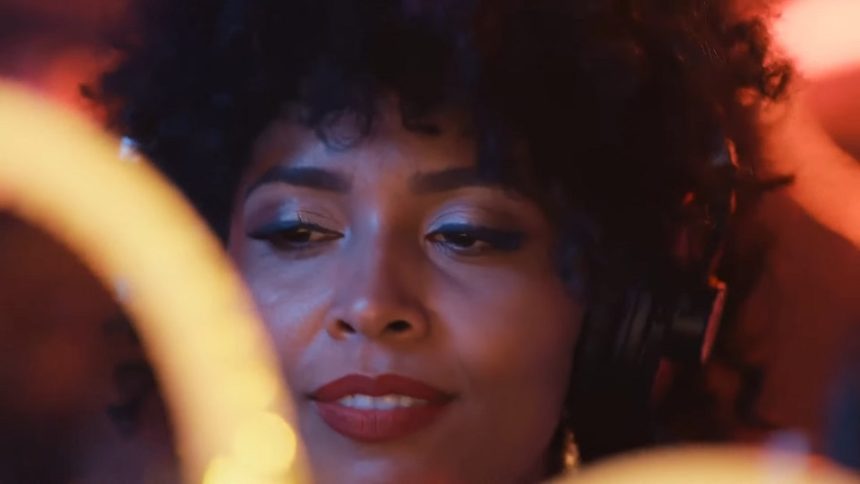Google makes a bold move with Veo 2, its AI-powered video generator recently unveiled. Following up on the first version released in May, this new tool positions itself as a direct competitor to Sora, the alternative from OpenAI… and it already seems to hold its ground.
Creating videos, but not just any kind
With Veo 2, Google promises better mastery of cinematic fundamentals. The tool can interpret complex commands like “a low-angle tracking shot” or simulate a shallow depth-of-field effect (you know, that artistic blur behind the subject). The results is videos reaching up to 4K resolution and spanning several minutes, a clear advantage over Sora’s 1080p and 20-second limit.
Thanks to intensive training on data sourced from YouTube (we’re talking about an immense visual and audio database here), Veo 2 boasts a finer understanding of human movements and the physical laws of the real world. This helps avoid the notorious “hallucinations” that can make AI-generated content absurd or unrealistic (like those extra fingers that sometimes appear in generated images).
Imagen 3 and SynthID: another facet of Google’s offensive
At the same time, Google is also betting on Imagen 3 to bolster its creative arsenal. This advanced image generator, a direct rival to OpenAI’s DALL-E, stands out thanks to SynthID, an integrated technology that embeds an invisible watermark on each piece of content it produces. The stated goal? Combat misinformation by making it easy to identify creations generated by AI.
Both tools, Veo 2 and Imagen 3, are accessible via the VideoFX and ImageFX platforms on Google Labs. However, there’s a slight drawback: they are not yet available in Europe. This cautious strategy suggests that Google wants to refine its approach before launching globally.
And what about Sora?
OpenAI, on the other hand, focuses on simplicity and accessibility. With an intuitive user interface through ChatGPT Pro and immediate availability to the general public, Sora has already won over many users. However, some demonstrations highlight its limitations compared to Veo 2: poorly interpreted prompts or less realistic animations… Details that could tip the scales in Google’s favor if they play their cards right.
While the two tech giants pursue different strategies, Google opting for a gradual ramp-up, while OpenAI prioritizes speed, the competition between Veo 2 and Sora is just getting started. For us users (and the curious), this promises an exciting future: one where creating director-level videos could be as simple as typing a few words on a keyboard…





